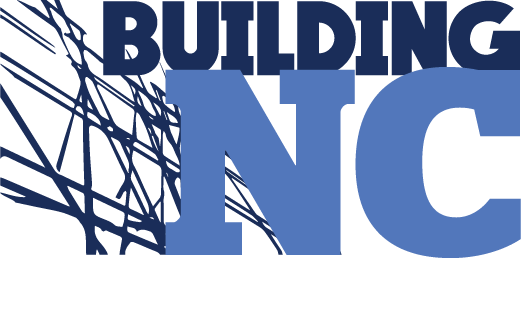Posted on September 28, 2017
According to CBRE’s inaugural report on the U.S. medical-office market, the steady demand for and investor confidence in healthcare-related workspace indicates it may be a “resilient sector, able to weather economic downturns and political changes.” The age 65-and-over population – now accounting for the highest per-capita healthcare spending – will nearly double by 2055 and drive an increased need for medical office space. Some findings include:
- “Cost containment is driving health care industry consolidation and fueling demand for less expensive delivery settings, such as medical office buildings and urgent-care facilities, as well as new technologies that can produce better patient outcomes at lower costs.”
- “Absorption of medical office space has outpaced new supply for the past seven years, lowering the segment’s national vacancy rate to 8% as of Q1 2017.”
- “Rising investor confidence in medical office space has resulted in increased transaction volume in the segment, which reached nearly $10 billion for the year ending Q1 2017 and pushed cap rates to a record-low average of 6.8%.”
The report includes 30 U.S. market profiles and identifies metropolitan areas with low concentrations of healthcare employment and rapidly aging populations, including Atlanta, Las Vegas and Denver. According to the report, these markets will need to ramp up healthcare employment to meet current and future needs.






 Transportation infrastructure can have dramatic effects on the value of commercial real estate.
Transportation infrastructure can have dramatic effects on the value of commercial real estate. Employers in Plainfield, Indiana, are helping fund connector bus service that brings employees to local industrial parks.
Employers in Plainfield, Indiana, are helping fund connector bus service that brings employees to local industrial parks. You’ve heard of sailing a ship with a “skeleton crew,” but what about no crew at all?
You’ve heard of sailing a ship with a “skeleton crew,” but what about no crew at all? AMID A CHALLENGING retail landscape dominated by news of brick-and-mortar store closings, the food hall has emerged as a promising opportunity for the commercial real estate industry and food entrepreneurs. Although food halls vary greatly in size and focus — ranging from “mega” halls, such as Mario Batali’s Eataly in Boston, Chicago and New York, to much smaller venues in aging strip malls, such as The Block in Annandale, Virginia, a suburb of Washington, D.C. — they all feature a mix of vendors offering high-quality artisanal food in a communal atmosphere.
AMID A CHALLENGING retail landscape dominated by news of brick-and-mortar store closings, the food hall has emerged as a promising opportunity for the commercial real estate industry and food entrepreneurs. Although food halls vary greatly in size and focus — ranging from “mega” halls, such as Mario Batali’s Eataly in Boston, Chicago and New York, to much smaller venues in aging strip malls, such as The Block in Annandale, Virginia, a suburb of Washington, D.C. — they all feature a mix of vendors offering high-quality artisanal food in a communal atmosphere. Business North Carolina is seeking nominations for its annual Building North Carolina awards, which will be featured in their November issue. Submit your suggestions on the most important commercial real-estate projects completed in the state between July 1, 2016 and June 30, 2017 and the developer who has had the biggest impact on the industry.
Business North Carolina is seeking nominations for its annual Building North Carolina awards, which will be featured in their November issue. Submit your suggestions on the most important commercial real-estate projects completed in the state between July 1, 2016 and June 30, 2017 and the developer who has had the biggest impact on the industry.